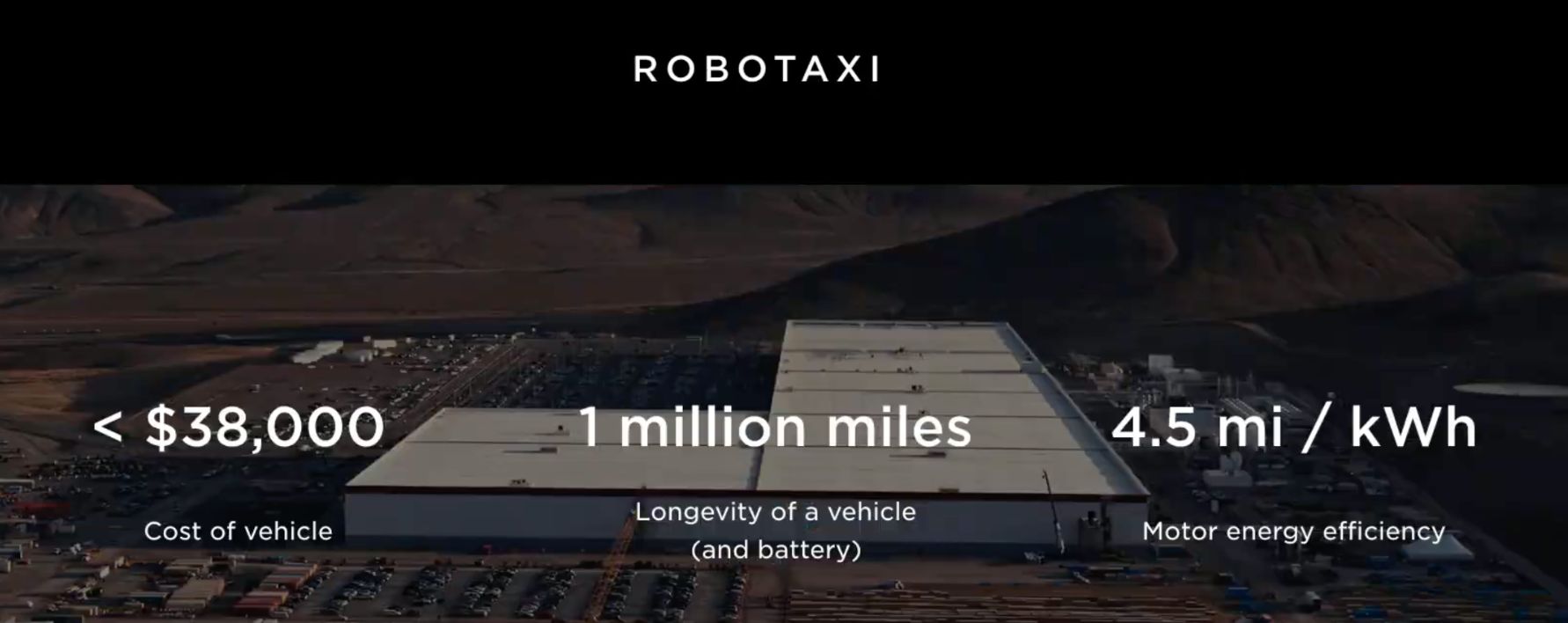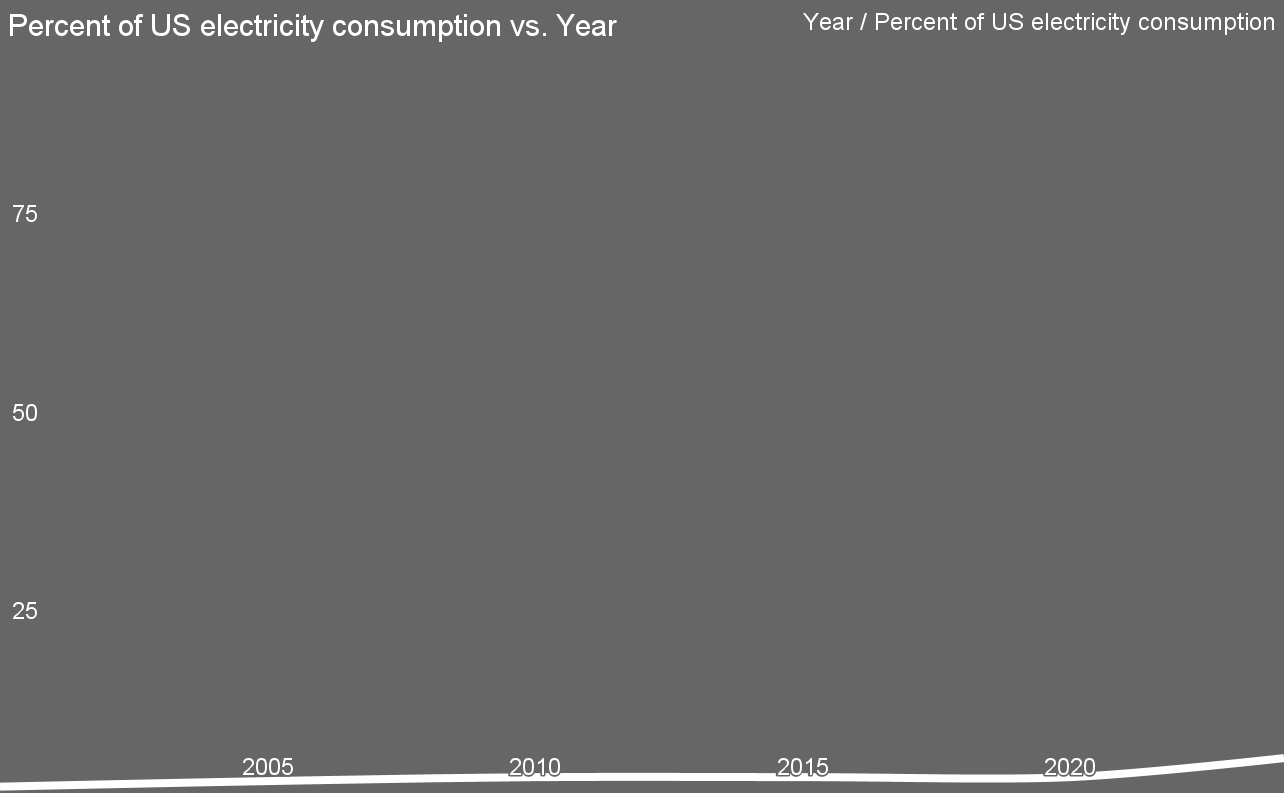Support CleanTechnica’s work through a Substack subscription or on Stripe.
Since everything is bigger in Texas, it’s no surprise to see a supersized energy island begin to take shape there. Under the name of Project Matador, the idea is to turbo-charge domestic AI capacity with a new dedicated gigascale grid. The sprawling campus will be front-loaded with nuclear and natural gas power plants, but it is also notable as a showcase for solar power and energy storage — and for cutting coal entirely out of the picture, too.
Yes To Solar & Storage, No To Coal
Denying coal a role in such a globally significant domestic energy project is a bit of a dare these days, considering that reviving the US coal industry has been a centerpiece of US President Trump’s energy policy going back to his first term in office, from 2017 to 2021.
It remains to be seen if US President Trump summarily orders up a coal power plant or two for Project Matador, as part of his ongoing campaign to expand the nation’s fleet of coal power plants. However, at this time, the president appears to be rather busy redecorating the White House, or what remains of it, so for the time being, let’s assume that coal will be absent from this forthcoming global showcase for the most significant domestic energy resources of the US, including solar and storage as well as gas and nuclear.
Why No Coal For Project Matador?
Unless something changes, Project Matador is a bust for the US coal industry, but it is consistent with the backgrounds of the two key principals.
Project Matador comes under the umbrella of the freshly minted US startup Fermi America, launched by co-founder Rick Perry, the former Texas Governor and US Energy Secretary, among other credits. The other co-founder is the billionaire Toby Neugebauer, whose long-running career in the energy business most recently includes the private equity firm Quantum Energy Partners.
QEP is best known for its oil and gas activities as a branch of the investment firm Quantum Capital Group. Last October, QCG announced a fresh round of funding aimed at diversifying its portfolio, though QEP continues to face criticism over its existing oil and gas assets.
Coal is notably absent from the QEP lineup to any significant degree, if it appears at all. That brings the story back around to former Texas Governor Rick Perry. Politically conservative to a fault (see: health, women) and a staunch supporter of his home state fossil fuel industries, Perry oversaw a significant surge in oil and gas production during his tenure as governor. His efforts to stimulate the construction of new coal power plants, however, largely fell flat. As Energy Secretary during Trump’s first term in office from 2017 to 2019, Perry also failed to stop the steady march of coal power plant retirements across the US. After leaving public service at the end of 2019, Perry went on to involve himself in the Ukrainian gas industry, indicating once again that coal is not particularly high on his to-do list.
Project Matador In A Nutshell
Though Fermi submitted a detailed corporate registration document to the Securities and Exchange Commission in September, the company offers few details about Project Matador on its website except to emphasize — by omission — that coal power plants will not be found on the premises. The website specifically references onsite gas, nuclear, solar, and energy storage along with a utility grid connection.
Wind power is also not listed as part of the project, which is no surprise considering that the project has earned the seal of approval from the Trump administration, which has been particularly aggressive in its efforts to dismantle the US wind industry.
Wind power does play a key role in the Texas grid, though, and Fermi’s academic partner, Texas Tech, also has a broader mission in mind. According to a press release issued by the school in June, wind power will be an element in the school’s new “Advanced Energy and Intelligence Campus,” which will serve triple duty as an academic research center, workforce development hub, and host to Project Matador. The property is owned by the school and leased partly to the Energy Department, which has reportedly greenlit the project.
“The site will include 18 million square feet of data centers and generate up to 11 gigawatts of IT capacity from natural gas, solar, wind and clean nuclear energy, providing a comprehensive solution to the demands of AI innovation,” the school summarized.
I’ll touch base with Fermi and Texas Tech after the holidays for any additional details on the the wind angle. If it does materialize, that would be of a piece with Perry’s tenure as Governor of Texas, during which time he supported a new transmission network that turbo-charged the state’s wind industry into a leading economic powerhouse.
Perry did not shower anywhere near the same degree of support on the state’s solar industry. However, the mainstreaming of wind power during his years as governor arguably set the stage for rapid growth in the state’s solar and energy storage industries after he left office, leading up to a high-profile supporting role in Project Matador.
How To Manipulate A US President
Project Matador has attracted plenty of media attention during Fermi’s brief lifespan, including a Fortune Magazine profile in October.
“Amarillo-based Fermi is unabashedly benefiting from the Trump administration: The company is led by the president’s former energy secretary and a CEO who’s the son of a retired Republican congressman,” noted Fortune Energy Editor Jordan Blum on October 30.
“Fermi, which has support from the White House, is even tentatively naming its site the ‘President Donald J. Trump Advanced Energy and Intelligence Campus’—a venture nearly as ambitious as OpenAI and Oracle’s ‘Stargate’ AI venture, almost 300 miles away near Abilene, Texas,” Blum added.
The Trump angle may be news to Texas Tech. However, floating the idea of naming rights is of a piece with Perry’s ability to chart his own energy path regardless of Trump’s focus on coal. Unlike current Energy Secretary Chris Wright, when Perry was in charge of the Energy Department, he continued to support the agency’s work on behalf of the US wind, solar, and energy storage industries, at both the research level and the market level. The strategy was simple: say things that support the president’s position on coal power, and do practically the opposite (see more Opposite Day at the Energy Department here).
Here Comes The Texas Solar Industry
As described by Fortune, Project Matador will proceed at the pace of one gigawatt per year. All things being equal, solar and energy storage should be the first to see shovels in the ground. The solar-plus-storage combo is well established as the quickest and most economical pathway for adding new kilowatts to the nation’s power generation profile, while new gas power plant construction has been hobbled by a global turbine shortage, among other factors.
However, Fermi reportedly plans to leapfrog over the timeline and lead with a gas power plant, deploying a supply chain of refurbished and repurposed turbines from various sources domestically and around the world. The alternative supply chain angle also popped up in October when the news organization Modern Power Systems reported that Fermi agreed to lease seven GE TM2500 gas turbines from the firm Mobile Power Solutions, for a total of 157.5 megawatts. They are expected to be up and running early next year to support Project Matador’s first 500 megawatts in generating capacity, with additional orders to follow.
After that comes solar and battery storage, with nuclear power following a distant third, eventually. As for coal, MPS does not make mention of that. Fortune also reported that Fermi co-founder Toby Neugebauer listed “potential solar capacity” on the checklist for the Texas Tech property, along with access to natural gas and water. Having the Energy Department’s Pantex nuclear weapons assembly site as a next-door neighbor ticked another box that coal failed to tick.
Coal also did not make the cut when US Interior Secretary Doug Burgum contributed a statement to Blum’s reporting in his capacity as chair of the “National Energy Dominance Council.”
“This campus proves that we can integrate natural gas, nuclear energy, and artificial intelligence into a single, powerful ecosystem,” Burgum stated, tactfully leaving out the solar and storage elements while also giving the bum’s rush to coal, again.
What do you think, is the “President Donald J. Trump Advanced Energy and Intelligence Campus” without coal like a day without sunshine? Drop a note in the comment thread….
Image: The US startup Fermi has reserved a spot for solar power and energy storage in its plans for the 11-gigawat Project Matador campus in Texas alongside natural gas and nuclear energy (screenshot, courtesy of Fermi America via US SEC).
Sign up for CleanTechnica’s Weekly Substack for Zach and Scott’s in-depth analyses and high level summaries, sign up for our daily newsletter, and follow us on Google News!
Have a tip for CleanTechnica? Want to advertise? Want to suggest a guest for our CleanTech Talk podcast? Contact us here.
Sign up for our daily newsletter for 15 new cleantech stories a day. Or sign up for our weekly one on top stories of the week if daily is too frequent.
CleanTechnica uses affiliate links. See our policy here.
CleanTechnica’s Comment Policy




